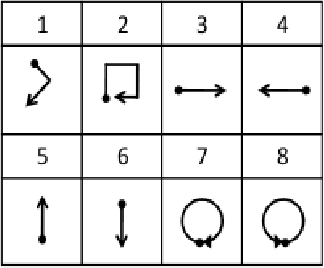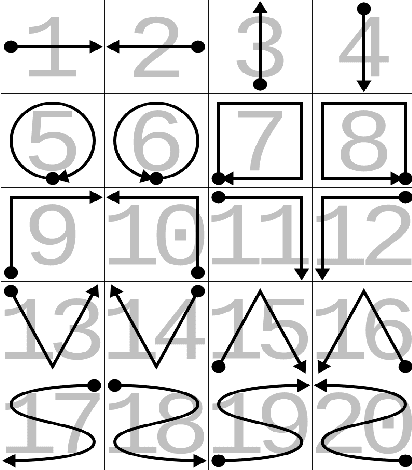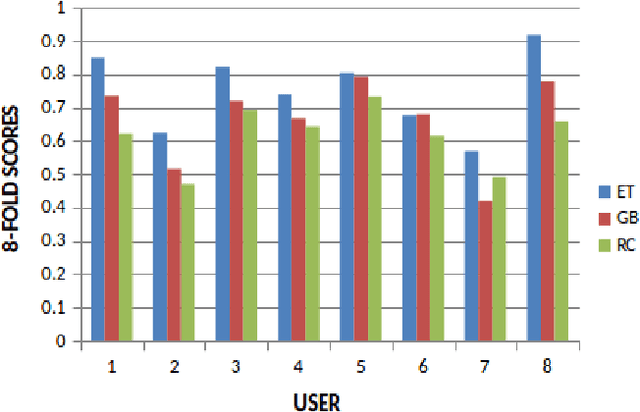A Generic Multi-modal Dynamic Gesture Recognition System using Machine Learning
Paper and Code
Sep 16, 2018



Human computer interaction facilitates intelligent communication between humans and computers, in which gesture recognition plays a prominent role. This paper proposes a machine learning system to identify dynamic gestures using tri-axial acceleration data acquired from two public datasets. These datasets, uWave and Sony, were acquired using accelerometers embedded in Wii remotes and smartwatches, respectively. A dynamic gesture signed by the user is characterized by a generic set of features extracted across time and frequency domains. The system was analyzed from an end-user perspective and was modelled to operate in three modes. The modes of operation determine the subsets of data to be used for training and testing the system. From an initial set of seven classifiers, three were chosen to evaluate each dataset across all modes rendering the system towards mode-neutrality and dataset-independence. The proposed system is able to classify gestures performed at varying speeds with minimum preprocessing, making it computationally efficient. Moreover, this system was found to run on a low-cost embedded platform - Raspberry Pi Zero (USD 5), making it economically viable.
 Add to Chrome
Add to Chrome Add to Firefox
Add to Firefox Add to Edge
Add to Edge